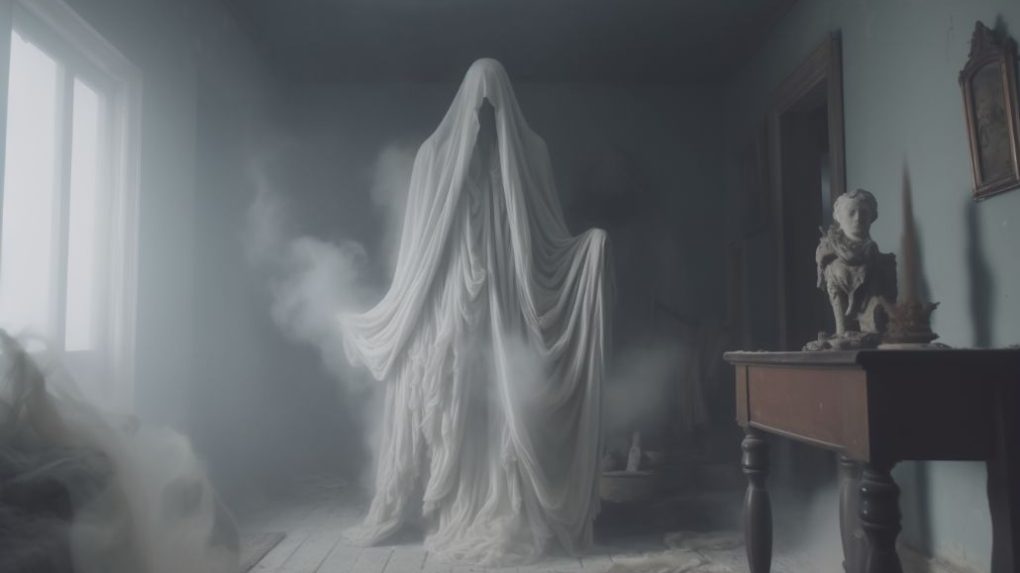Ghosts and the paranormal have been fascinating people for centuries. While some swear by their existence, others are skeptics. In this article, we will dive into the topic of ghosts and explore the truth behind the paranormal.
The Age-Old Question: Are Ghosts Real?
The existence of ghosts has been a topic of debate for centuries. Scientific evidence for ghostly encounters remains elusive, but many people claim to have had supernatural encounters involving ghosts. Studies by the Pew Research Center show that most people believe in ghosts. But what are ghosts, exactly?
According to many cultures, ghosts are usually the spirits of the deceased. The beliefs about ghosts vary, of course, from culture to culture. The Ancient Greeks believed that the souls of the dead would descend to the underworld. In Victorian England, there was widespread belief in ghosts mirrored in the popularity of séances and spirit communication. In ancient civilizations, spirits and ghosts were often believed to inhabit inanimate objects like rocks or trees. Some people believe that ghosts are residual energy left by a deceased person.
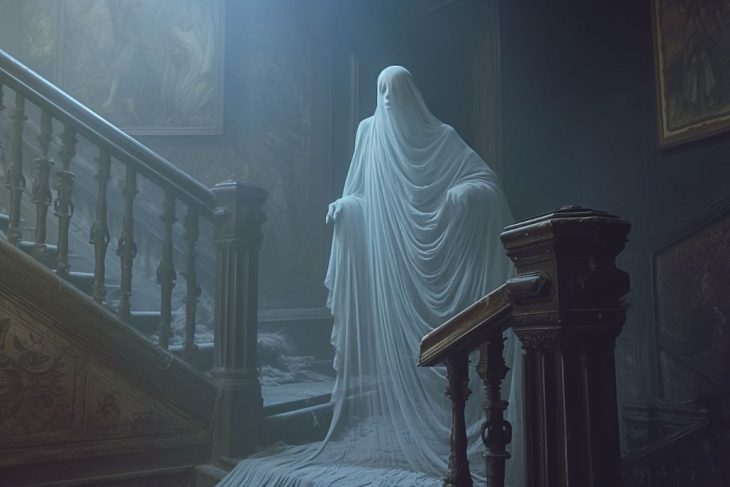
Ghosts Exist, But What Are They?
There is no universally agreed-upon definition of a ghost. But, in general, it is believed that ghosts are the remnants of the human spirit after death. Psychical research describes “ghosts” at the supposedly haunted location where a person died and do not interact with anyone, known as residual hauntings. Others are more interactive, such as the demonic ghost that possesses a person and causes unearthly malice.
Many people have had ghostly encounters. Some incidents include hearing strange noises, seeing shadowy figures or a sheeted ghost, or experiencing sleep paralysis. In African folklore, there are even stories involving flesh-eating demons. People who experience sleep paralysis often report seeing dark figures or shadow people with evil faces haunting them.
Although there is still no good evidence and no scientific evidence conclusively proving the existence of ghosts, many believe that they exist. Skeptics often dismiss ghostly encounters as nothing more than the brain filling in gaps with information that is not there. Many people claim to have experienced a ghostly encounter, though such experiences are challenging to prove.
The Different Types of Ghosts
When it comes to residual hauntings, they are often described as replays of past events. It’s said that these ghosts are unaware of the living and exist as an echo of a time long gone. The most common example of this type of ghost is seeing the same apparition walk down the same hall every night at 3 am.
Intelligent hauntings, on the other hand, are much more interactive. These ghosts are believed to be aware of the living and are sometimes known to communicate with people through various means, such as speaking or moving objects. One way these ghosts communicate is through EVP (Electronic Voice Phenomena), where the voices of the deceased are captured on recording devices.
Poltergeists are probably the most widely known type of ghost. These spirits are particularly associated with physical disturbances like slamming doors, moving objects, and creating loud noises. Other physical manifestations may include scratching or biting, which can be quite scary and unnerving for the living.
Related Article Reincarnation Stories: Real-Life Examples of Past Lives
Finally, there is demonic possession, which is a form of ghostly encounter where a demon possesses the body and human personality of a living person. These instances are often linked to sinister behaviors, such as violent outbursts or actions that involve harming others.
In summary, studying different types of ghosts is extremely fascinating, and the varied nature of these spectral entities is genuinely intriguing. From residual hauntings to demonic possession, each type of ghost presents its unique phenomena, enabling researchers and paranormal enthusiasts to continue learning about the afterlife and the unseen forces that shape our world.
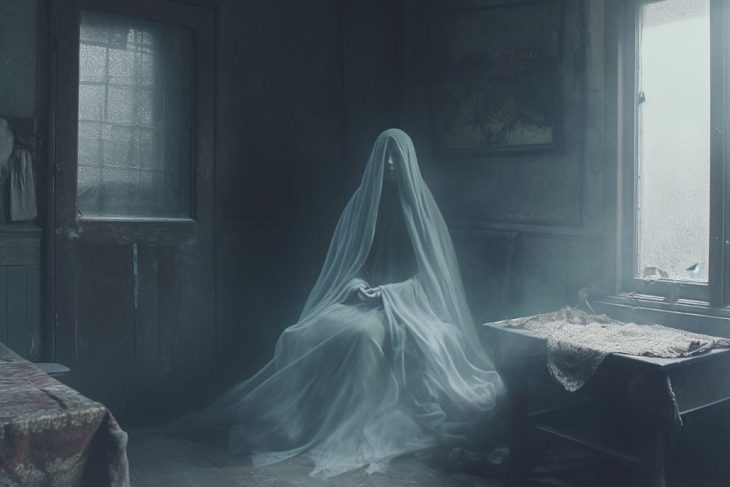
Ghost Stories: Real Encounters vs. Fabricated Tales
Ghost stories have been popular for centuries, with different cultures depicting ghosts and their interactions with the living in diverse ways. The belief in supernatural beings in Ancient Egypt was so strong that they even had written spells and incantations to protect them from the spirits of the dead. In medieval Europe, ghosts were thought to be the souls of people who had died with unfinished business, which led them to haunt the living until their deeds were done.
Numerous real-life ghost stories worldwide, varying from encounters with apparitions to EVP (Electronic Voice Phenomenon) recordings believed to be from spirits. One famous example of a ghost story is the story of the Bell Witch, which took place in the early 1800s in Tennessee. The Bell family experienced strange occurrences in their home, such as objects moving on their own and unexplained noises. They eventually attributed these events to a witch who had cursed them, causing the death of the patriarch John Bell.
Another well-known haunted location is the Tower of London in England, where numerous ghost sightings have been reported over the centuries. Among the most famous ghosts seen at the Tower are the spirits of Anne Boleyn, who was executed on the orders of Henry VIII, and Sir Walter Raleigh, who was executed in 1618.
While some ghost stories may be fabricated for entertainment, many real-life accounts respect ghosts. Urban legends continue to capture people’s imaginations, highlighting humanity’s deep-seated fascination with the supernatural and the unknown.
Ghost Sightings: How Common Are They?
Haunted houses are places where people claim to experience ghost sightings and other supernatural beings. While investigating ghosts, others report strange noises, such as footsteps or distant screams. The rise in ghost-hunting TV shows has brought greater attention and scrutiny toward ghost-hunting methods by advocates and skeptics.
Ghost hunters use specialized equipment to detect ghosts. EMF meters and infrared cameras are often used to try and capture photographic or audio evidence of ghosts. However, many skeptics question the reliability of this equipment, pointing out that natural phenomena can explain many supposed signals.
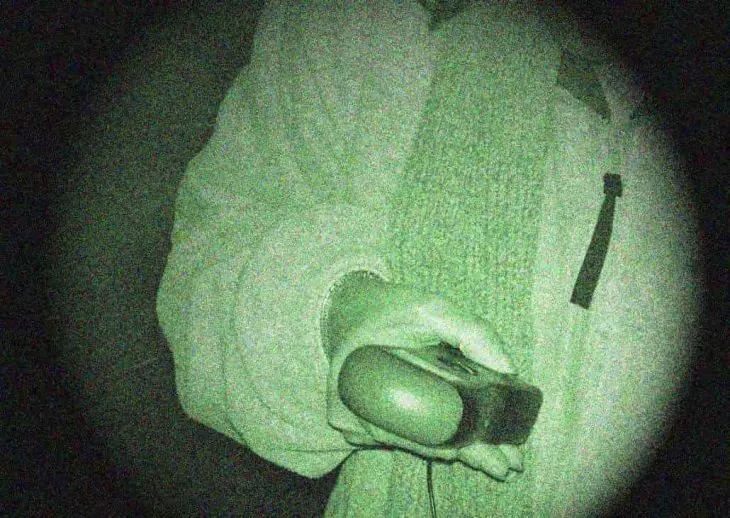
The Science Behind Ghost Hunting
Ghost hunting has become increasingly popular in recent years, with many claiming to capture photographic or audio evidence of ghosts. In this section, we will dive into the science behind ghost hunting and the methods used to try and capture proof of the paranormal.
Since there is no universally agreed-upon definition of a ghost, proponents of ghost hunting have come to rely on a definition of a ghost as a psychic force or other influence that can be measured through scientific equipment. Some believe that a house or location has a unique “energy footprint” detected by specialized equipment, a phenomenon they call “top-down processing.” Skeptics of ghost hunting believe that many phenomena ghost hunters observe can be explained through more mundane means, such as abnormal circumstances such as drafts.
Ghost hunting shows on TV, such as “Ghost Hunters,” have become increasingly popular in recent years. The viewership of these shows has led to greater scrutiny of ghost-hunting methods and equipment. Some critics believe these shows perpetuate myths and falsehoods about the paranormal through questionable evidence and methodology. Despite this, these shows have brought greater attention to ghosts and the paranormal.
Debunking Ghosts: Exploring the Skeptics’ Point of View
Skeptics of ghosts believe that many ghost sightings and experiences result from bottom-up processing, which is the state of the human brain under unusual circumstances. In everyday situations, our brains filter out background noise and sensory information. Still, when exposed to abnormal circumstances like a supposedly haunted house or a spooky story, the brain can fill in gaps with information that is not there. Critical thinking is essential when dealing with ghost and spooky stories, as many can be influenced by family members or media portrayals of supernatural events.
Skeptics of ghosts also point out the lack of scientific evidence supporting the existence of ghosts. While many people have reported experiencing supernatural encounters involving ghosts, skeptics argue that these experiences can have more realistic explanations, such as visual hallucinations or dreams. While there may be some anecdotal evidence supporting the existence of ghosts, there is still no scientific evidence to substantiate these claims.
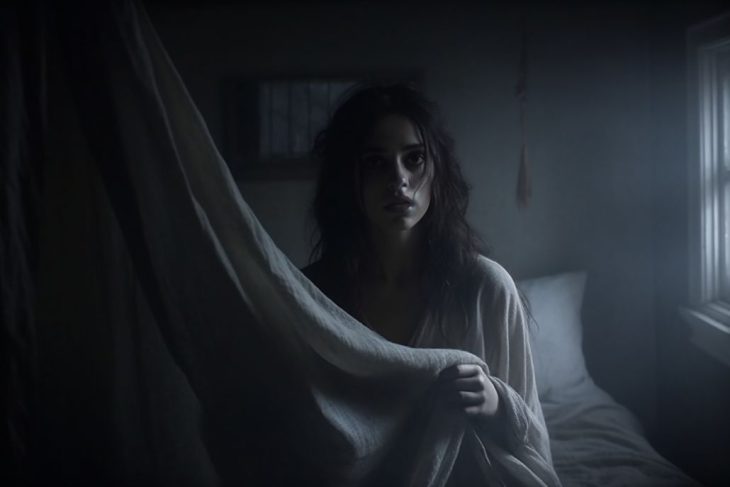
Ghosts Around the World: Cultural Differences
Beliefs about ghosts can vary widely across cultures. In some African traditions, ancestors can become ghosts if they feel dishonored. Asian cultures often have a more positive view of ghosts and supernatural beings, while Western cultures view ghosts and supernatural elements with more suspicion and fear. However, there is always respect for or fear of ghosts, even in their cultural histories.
In many cultures, ghosts are associated with death. They are often believed to be the spirits of the dead who have not yet moved on to the afterlife. In some cultures, it is believed that ghosts can help guide the living through difficult times. In other cultures, ghosts are viewed as malevolent, seeking to do harm to the living.
The Connection Between Ghosts and Death
Many people believe that ghosts are the spirits of the dead. This belief has evolved throughout history, and in some cultures, the souls assigned to the dead are believed to join the spirit world or be reincarnated. The association between ghosts and death is often related to a person’s passing circumstances. Deceased persons who suffered a violent death or were not properly laid to rest are often associated with ghostly encounters.
Related: Journey to the Afterlife: What Do Buddhists Believe Happens After Death?
Some people believe that ghosts are simply a manifestation of the human psyche, a projection of the fears and emotions of a dead person onto the living. Others believe ghosts are real beings able to interact with the physical world. Despite the ongoing debate, one thing is clear: the topic of ghosts and the paranormal continues to fascinate people worldwide.
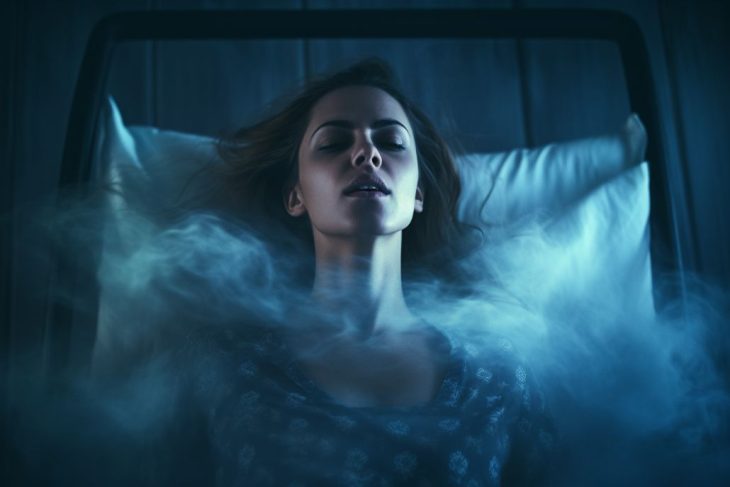
The Future of Ghost Hunting
As technology continues to advance, so too do ghost-hunting techniques. In the future, new technologies and methodologies may be developed in scientific search to capture more definitive evidence of the paranormal. However, skeptics remain unconvinced and push for more rigorous scientific study of ghostly encounters.
Final Thoughts: What We Know About the Paranormal
In conclusion, the existence of ghosts remains a topic of debate and controversy. While many people remain firm believers in the paranormal, skeptics argue that much of what is attributed to ghosts can be explained through more realistic means. Despite this ongoing debate, there is no denying that ghost stories and encounters with the supernatural continue to fascinate us. As our understanding of the world around us grows, it will be interesting to see how our beliefs about ghosts and the paranormal evolve.
Ultimately, respecting people’s beliefs and experiences is essential, whether or not they align with our own. Whether or not ghosts are accurate, the stories and experiences associated with them continue to be a part of our shared cultural history and popular imagination. They will likely continue to inspire fascination and curiosity for generations to come.

